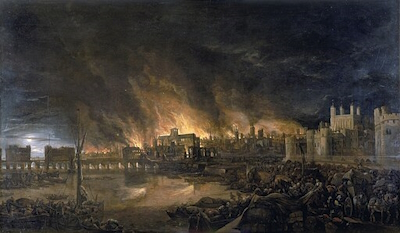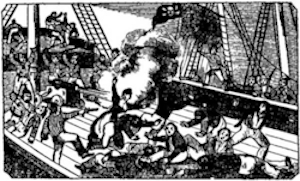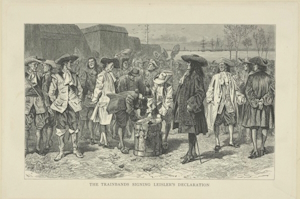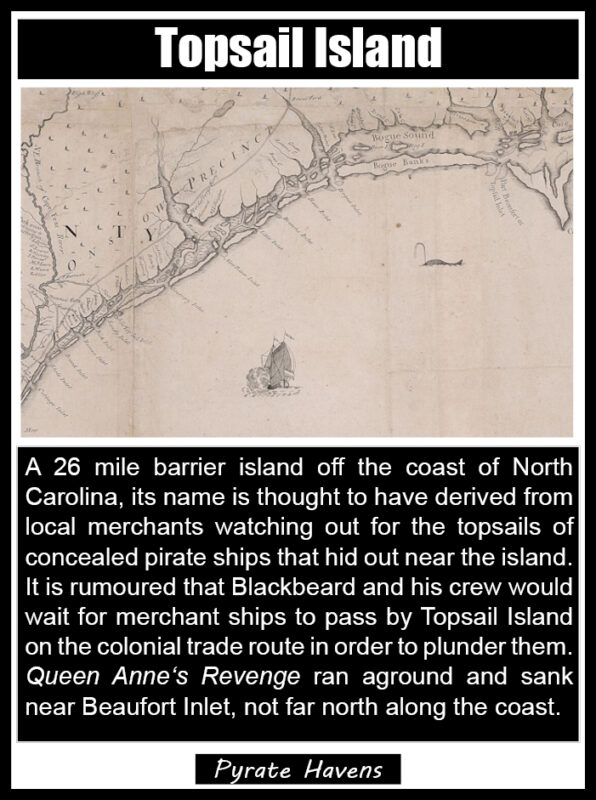 By the time the Great Fire occurred, London was by far the largest city in England. Its inhabitants numbering between 300,000 and 400,000, it had become a crowded, unregulated sprawl of houses. This wasn’t the first large scale fire, the city having experienced several major fires in the past, the most recent having been in 1633. Additionally, London had been hit by an epidemic of bubonic plague called the Great Plague of London only the year before, during which between 60,000 and 100,000 are thought to have died. As well as disease, fires were always a danger in a city made mostly of timber and tar paper. There were so many possible causes: fireplaces, candles, ovens, lamps, as well a large stores of combustibles such as pitch and hemp. To combat the perpetual danger, there were watchmen, also known as bellmen, who patrolled the city at night, who sounded the alarm should a fire break out.…
By the time the Great Fire occurred, London was by far the largest city in England. Its inhabitants numbering between 300,000 and 400,000, it had become a crowded, unregulated sprawl of houses. This wasn’t the first large scale fire, the city having experienced several major fires in the past, the most recent having been in 1633. Additionally, London had been hit by an epidemic of bubonic plague called the Great Plague of London only the year before, during which between 60,000 and 100,000 are thought to have died. As well as disease, fires were always a danger in a city made mostly of timber and tar paper. There were so many possible causes: fireplaces, candles, ovens, lamps, as well a large stores of combustibles such as pitch and hemp. To combat the perpetual danger, there were watchmen, also known as bellmen, who patrolled the city at night, who sounded the alarm should a fire break out.…
The Piracy Act 1670
 This law was enacted during the reign of Charles II and its full name was An Act to prevent the delivery up of Merchants Shipps, and for the Increase of good and serviceable Shipping. It came into being because the captains and crews of merchant vessels commonly refused to fight when attacked by pirates. The act stipulated that ships of 200 tons or more possessing at least sixteen guns were required to fight, as long as the pirate vessel didn’t have twice as many guns. Failing to resist would result in the commander being excluded from any further commands of English ships and even imprisonment.
This law was enacted during the reign of Charles II and its full name was An Act to prevent the delivery up of Merchants Shipps, and for the Increase of good and serviceable Shipping. It came into being because the captains and crews of merchant vessels commonly refused to fight when attacked by pirates. The act stipulated that ships of 200 tons or more possessing at least sixteen guns were required to fight, as long as the pirate vessel didn’t have twice as many guns. Failing to resist would result in the commander being excluded from any further commands of English ships and even imprisonment.
Leisler’s Rebellion
 Leisler’s Rebellion took place in New York in 1689. New York had only become an English colony in 1664 during the reign of James II. It previously had the name New Amsterdam and was part of the Dutch colony New Netherlands. After the Director-General Peter Stuyvesant surrendered to English troops, the Dutch residents were permitted to remain in the colony and were granted religious freedom. The Dutch briefly regained the colony in 1673, but it became English again under the Treaty of Westminster, which ended the third Anglo-Dutch war. The governor of the colony of New York wasn’t keen to allow an elected representative assembly, instead letting it effectively be ruled by an oligarchy of wealthy merchants. In 1688 New York became a part of the Dominion of New England, governed by Sir Edmond Andros, who governed in an autocratically with no elected legislature.
Leisler’s Rebellion took place in New York in 1689. New York had only become an English colony in 1664 during the reign of James II. It previously had the name New Amsterdam and was part of the Dutch colony New Netherlands. After the Director-General Peter Stuyvesant surrendered to English troops, the Dutch residents were permitted to remain in the colony and were granted religious freedom. The Dutch briefly regained the colony in 1673, but it became English again under the Treaty of Westminster, which ended the third Anglo-Dutch war. The governor of the colony of New York wasn’t keen to allow an elected representative assembly, instead letting it effectively be ruled by an oligarchy of wealthy merchants. In 1688 New York became a part of the Dominion of New England, governed by Sir Edmond Andros, who governed in an autocratically with no elected legislature.
Offences at Sea Act 1536
 In the 14th century Edward III (1327-1377) attempted to set up how admiralty courts should deal with piracy in A Remedy where a Merchant’s Good be robbed or perished on the Sea, but these were rather vague laws and there was often the problem of overlapping jurisdictions when dealing with such a crime. It was wasn’t until the reign of Henry VIII (1509–1547) that significant anti-piracy laws were enacted. Originally titled An Act for Pirates and Robbers on the Sea issued in 1535, it was renamed The Offences of Sea Act in 1536.
In the 14th century Edward III (1327-1377) attempted to set up how admiralty courts should deal with piracy in A Remedy where a Merchant’s Good be robbed or perished on the Sea, but these were rather vague laws and there was often the problem of overlapping jurisdictions when dealing with such a crime. It was wasn’t until the reign of Henry VIII (1509–1547) that significant anti-piracy laws were enacted. Originally titled An Act for Pirates and Robbers on the Sea issued in 1535, it was renamed The Offences of Sea Act in 1536.
This act allowed crimes such as robbery and murder to be tried as if they occurred on land. They could be tried in any county in England in any court commissioned by the king under related common law provisions for these offences. Those found guilty of piracy and treason at sea could not only be sentenced to death, but also have their lands and possessions seized.…

